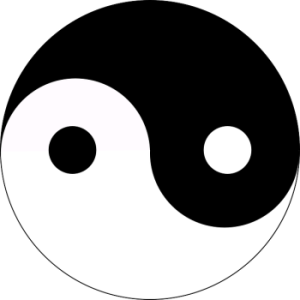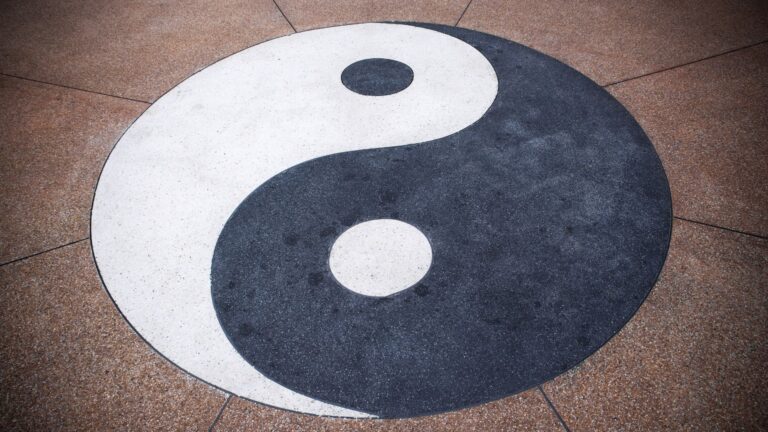It’s all about yin-yang balance
Is yang good and yin bad?
It seems so. Yin represents femininity, darkness, passivity, coldness, and introspection. On the other hand, yang embodies masculinity, brightness, activity, warmth, and extroversion. Look at the surface, yin is negative, and yang is positive. So yang must be better than yin.
Contrary to what many people think, however, neither yin nor yang is inherently good or bad. Both can encompass positive or negative aspects within them. In other words, yang has positive and negative elements, similar to yin.
Well, yin represents darkness when compared with yang. But is darkness always bad? Just imagine that there is only day and no night on Earth. Is it a good thing? Clearly not. We are all going to be scorched to death.
Another example is that yin is often portrayed as being associated with qualities such as intuition, sensitivity, nurturing, and tranquility. Yang embodies assertiveness, logic, action-oriented behavior, and vigor. Although they are contrasting qualities, both are of critical importance to us.
Yin may be seen as negative when it manifests as excessive passivity or introversion, leading to stagnation or lack of motivation. This could result in being too withdrawn or overly sensitive to emotions. On the other hand, when in balance with its opposite force – yang – yin can bring about peace, inner reflection, intuition, emotional depth, and nourishment for personal growth.
Similarly, while yang is associated with energy and assertiveness, which can be positive traits when utilized appropriately, an excessive focus on dominance or aggression can lead to imbalance. When out of balance with Yin’s influence, it might result in impulsivity or an overactive mind which can cause burnout or stress.
It’s essential to recognize that the true essence of yin and yang lies in their harmonious interaction rather than considering one better than the other. The interplay between these two forces is what creates balance and wholeness.
Like the natural world, our lives are constantly influenced by the interplay of yin and yang. Day turns into night, warmth gives way to coolness, and activity is followed by rest. It’s this continuous cycle of change that allows for growth and evolution.
Moreover, within every yin, a seed of yang exists, and vice versa. This means that even in the darkest moments or situations, there is always a potential for light and growth. Conversely, in times of great success or brightness, we must stay humble and be aware of the cycle that may bring about change.
The yin-yang philosophy teaches us that finding a balance between contrasting forces is crucial for leading a fulfilling life. By embracing both yin and yang aspects within ourselves, we can tap into our full potential – developing our strengths while acknowledging our weaknesses.
Ultimately, the goal is not to favor one over the other but to seek harmony and complementarity. Embracing the duality of yin and yang allows us to navigate life’s challenges with resilience and wisdom, finding beauty in the ever-changing rhythms of existence.







